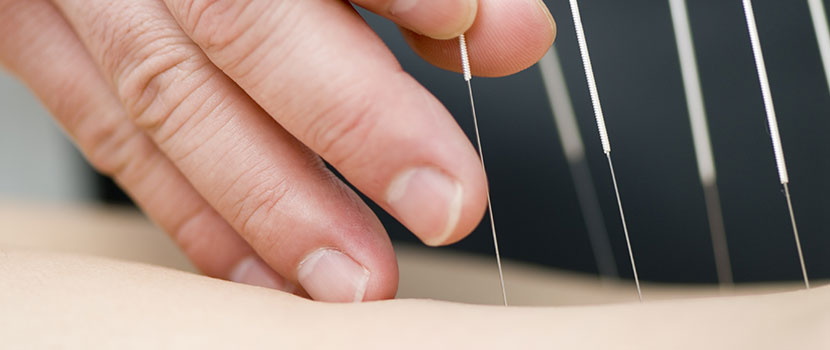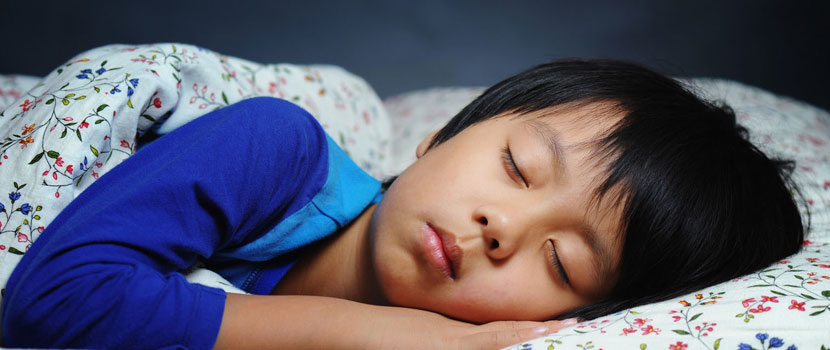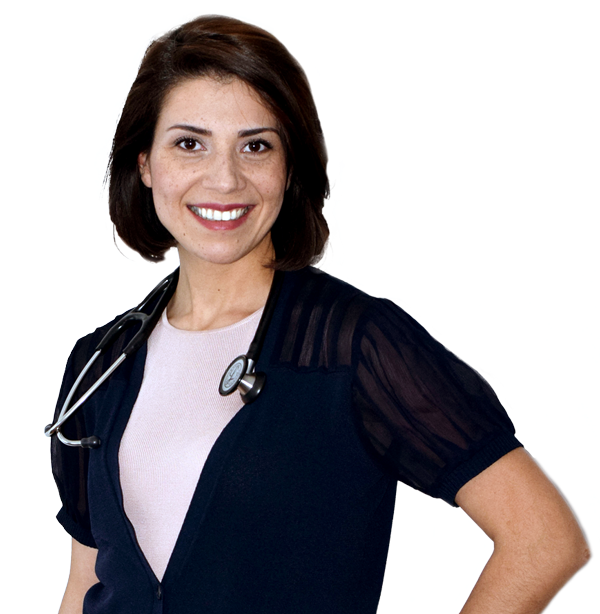

For Facial Rejuvenation Acupuncture see here and here.
The acupuncture system utilized by Dr. Negin (London, Ontario Naturopath) is designed to relieve your symptoms and address the root cause of the problem simultaneously in the most effective and timely manner possible.
Qualifications: In Ontario, acupuncture is practiced by various practitioners with a wide range of educational backgrounds. Dr. Negin has been educated in Ontario at the Canadian College of Naturopathic Medicine. She has also received further training by Traditional Chinese Acupuncturists in Zhuhai, China and gained tremendous experience through her years of preceptorship experience with Acupuncturist (fertility specialist) Dr. Tim Tanaka in Toronto, Ontario.
Gentle techniques: acupuncture treatment techniques used here are not only highly effective but also gentle.
Conditions: The World Health Organization has indicated acpuncture’s efficacy for a wide range of health concerns (see list below). Also, because Dr. Negin’s procedure is in effect non-invasive, treatments can be applied safely and effectively for the conditions listed.
Clean Needle and Strict Hygiene Policy: strict hygienic and clean needle procedures are followed using only the highest quality disposable acupuncture needles.
Therapy room: Treatment is provided in a clean and comfortable setting.
What Is Acupuncture?
Acupuncture is an ancient form of Chinese medicine involving the insertion of tiny, hair-thin needles into specific points in the body, where they are gently stimulated to trigger the body’s natural healing response. Acupuncture is used to encourage natural healing, improve mood and energy, reduce or relieve pain and improve function of affected areas of the body. It is safe and effective and relief is often obtained with acupuncture when traditional medical therapy has failed.
Acupuncture points (also referred to as ‘acupoints’) are places on the skin that have a lower resistance to the passage of electricity than the surrounding skin and are part of a network of points that were mapped centuries ago by the Chinese. Most are found along ‘meridians’ or ‘channels’ that are believed to be the pathways by which energy or Qi (pronounced ‘Chee’) flows through the body. Acupoints are located by identifying anatomical landmarks.
A dull, heavy, or aching feeling often occurs when the needle is correctly placed. This is referred to as ‘de Qi’ and is considered by some traditional acupuncturists to be necessary for acupuncture to be effective. The experience of many TCM experts however is that relief of pain can often be obtained without provoking the de Qi response. Recent fMRI studies indicate that there is a difference in the response of the brain to needling with and without the de Qi sensation (1).
The needles are left in place for 15-30 minutes, and the practitioner may manipulate the needles to strengthen or reduce the flow of Qi. Lifting, twisting, and rotating are some of the needling techniques a practitioner may use.
Diseases and disorders that can be treated with acupuncture:
The Following has been obtained from the World Health Organizations Report ACUPUNCTURE : REVIEW AND ANALYSIS OF REPORTS ON CONTROLLED CLINICAL TRIALS .The diseases or disorders for which acupuncture therapy has been tested in controlled clinical trials reported in the recent literature can be classified into four categories as shown below.
1. Diseases, symptoms or conditions for which acupuncture has been proved-through controlled trials-to be an effective treatment:
Adverse reactions to radiotherapy and/or chemotherapy
Allergic rhinitis (including hay fever)
Biliary colic
Depression (including depressive neurosis and depression following stroke)
Dysentery, acute bacillary
Dysmenorrhoea, primary
Epigastralgia, acute (in peptic ulcer, acute and chronic gastritis, and gastrospasm)
Facial pain (including craniomandibular disorders)
Headache
Hypertension, essential
Hypotension, primary
Induction of labour
Knee pain
Leukopenia
Low back pain
Malposition of fetus, correction of
Morning sickness
Nausea and vomiting
Neck pain
Pain in dentistry (including dental pain and temporomandibular dysfunction)
Periarthritis of shoulder
Postoperative pain
Renal colic
Rheumatoid arthritis
Sciatica
Sprain
Stroke
Tennis elbow
2. Diseases, symptoms or conditions for which the therapeutic effect of acupuncture has been shown but for which further proof is needed:
Abdominal pain (in acute gastroenteritis or due to gastrointestinal spasm)
Acne vulgaris
Alcohol dependence and detoxification
Bell’s palsy
Bronchial asthma
Cancer pain
Cardiac neurosis
Cholecystitis, chronic, with acute exacerbation
Cholelithiasis
Competition stress syndrome
Craniocerebral injury, closed
Diabetes mellitus, non-insulin-dependent
Earache
Epidemic haemorrhagic fever
Epistaxis, simple (without generalized or local disease)
Eye pain due to subconjunctival injection
Female infertility
Facial spasm
Female urethral syndrome
Fibromyalgia and fasciitis
Gastrokinetic disturbance
Gouty arthritis
Hepatitis B virus carrier status
Herpes zoster (human (alpha) herpesvirus 3)
Hyperlipaemia
Hypo-ovarianism
Insomnia
Labour pain
Lactation, deficiency
Male sexual dysfunction, non-organic
Ménière disease
Neuralgia, post-herpetic
Neurodermatitis
Obesity
Opium, cocaine and heroin dependence
Osteoarthritis
Pain due to endoscopic examination
Pain in thromboangiitis obliterans
Polycystic ovary syndrome (Stein-Leventhal syndrome)
Postextubation in children
Postoperative convalescence
Premenstrual syndrome
Prostatitis, chronic
Pruritus
Radicular and pseudoradicular pain syndrome
Raynaud syndrome, primary
Recurrent lower urinary-tract infection
Reflex sympathetic dystrophy
Retention of urine, traumatic
Schizophrenia
Sialism, drug-induced
Sjögren syndrome
Sore throat (including tonsillitis)
Spine pain, acute
Stiff neck
Temporomandibular joint dysfunction
Tietze syndrome
Tobacco dependence (smoking cessation)
Tourette syndrome
Ulcerative colitis, chronic
Urolithiasis
Vascular dementia
Whooping cough (pertussis)
3. Diseases, symptoms or conditions for which there are only individual controlled trials reporting some therapeutic effects, but for which acupuncture is worth trying because treatment by conventional and other therapies is difficult:
Chloasma
Choroidopathy, central serous
Colour blindness
Deafness
Hypophrenia
Irritable colon syndrome
Neuropathic bladder in spinal cord injury
Pulmonary heart disease, chronic
Small airway obstruction
4. Diseases, symptoms or conditions for which acupuncture may be tried provided the practitioner has special modern medical knowledge and adequate monitoring equipment:
Breathlessness in chronic obstructive pulmonary disease
Coma
Convulsions in infants
Coronary heart disease (angina pectoris)
Diarrhoea in infants and young children
Encephalitis, viral, in children, late stage
Paralysis, progressive bulbar and pseudobulbar
References:
1. Hui KK, Liu J, Marina O, Napadow V, Haselgrove C, Kwong KK, Kennedy DN, Makris N. The integrated response of the human cerebro-cerebellar and limbic systems to acupuncture stimulation at ST 36 as evidenced by fMRI. Neuroimage. 2005 Sep;27(3):479-96. PMID: 16046146 [PubMed – indexed for MEDLINE]
2. Dr. Xiaorui Zhang. ACUPUNCTURE: REVIEW AND ANALYSIS OF REPORTS ON CONTROLLED CLINICAL TRIALS. Traditional Medicine (TRM) Department of Essential Drugs and Medicines Policy (EDM) World Health Organization. Page 33-37. http://www.iama.edu/OtherArticles/acupuncture_WHO_full_report.pdf
Yours In Health,
Dr. Negin Misaghi, Naturopathic Doctor

